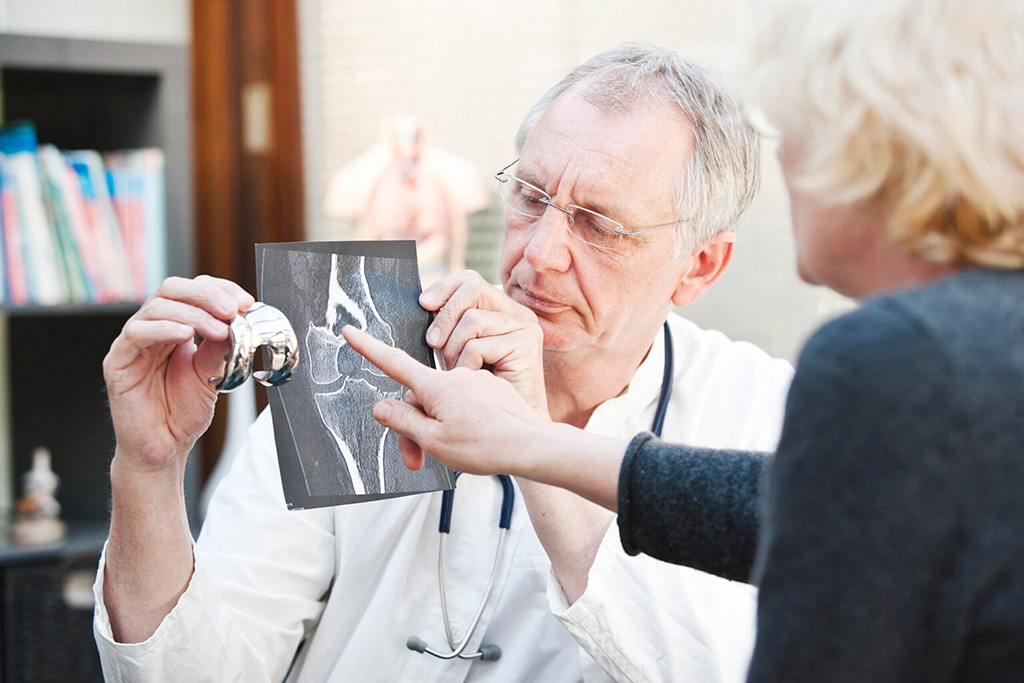TKA Postoperative Radiographs Hold Little Value
By MedImaging International staff writers
Posted on 16 Sep 2021
X-rays following primary total knee arthroplasty (TKA) result in considerable healthcare costs and unnecessary radiation burden, but offer very little clinical benefit, claims a new study. Posted on 16 Sep 2021
Researchers at Harvard Medical School (HMS; Boston, MA, USA) and Brigham and Women's Hospital (BWH; Boston, AM, USA) conducted a retrospective study involving 1,258 adult patients who underwent primary TKA. Post-operative data were collected to determine frequency of radiograph series, radiograph findings that did not suggest normal healing or alignment, and changes in postoperative management. Total cost and radiation exposure values were calculated for all patient radiographs.

Image: Radigraphs following knee replacement serve little purpose (Photo courtesy of Getty Images)
In all, 3,831 postoperative radiographs were taken; of these, 44 (1.1%) contained a positive finding, but only 13 (0.3% of all radiographs) of these were positive orthopedic findings, 11 of which led to changes in management. For all but one of these patients, these radiographs were taken during a non-routine postoperative visit. Overall cost of the routine postoperative radiographs that did not change clinical management was over one million USD, and administered 22.92 mSV of radiation to patients examined. The study was published on August 26, 2021, in Knee.
“Currently, there are no evidence-based guidelines describing when to order postoperative radiography after knee replacements, so orthopedic surgeons have historically relied on institutional norms to dictate when to order an x-ray,” concluded lead author Aseal Birir, MD, of HMS. “The findings support evidence that noncritical use of medical imaging is driving up healthcare costs and that more thoughtful use of imaging is needed to control these costs.”
TKA is an orthopedic surgical procedure where the articular surfaces of the knee joint--the femoral condyles and tibial plateau--are replaced. There is at least one polyethylene insert between the tibia and the femur that serves as a shock absorber; in 50% of the cases, the patella is also replaced in order to restore the extensor mechanism. The level of bone loss will dictate which kind of patella prosthesis is placed.
Related Links:
Harvard Medical School
Brigham and Women's Hospital














